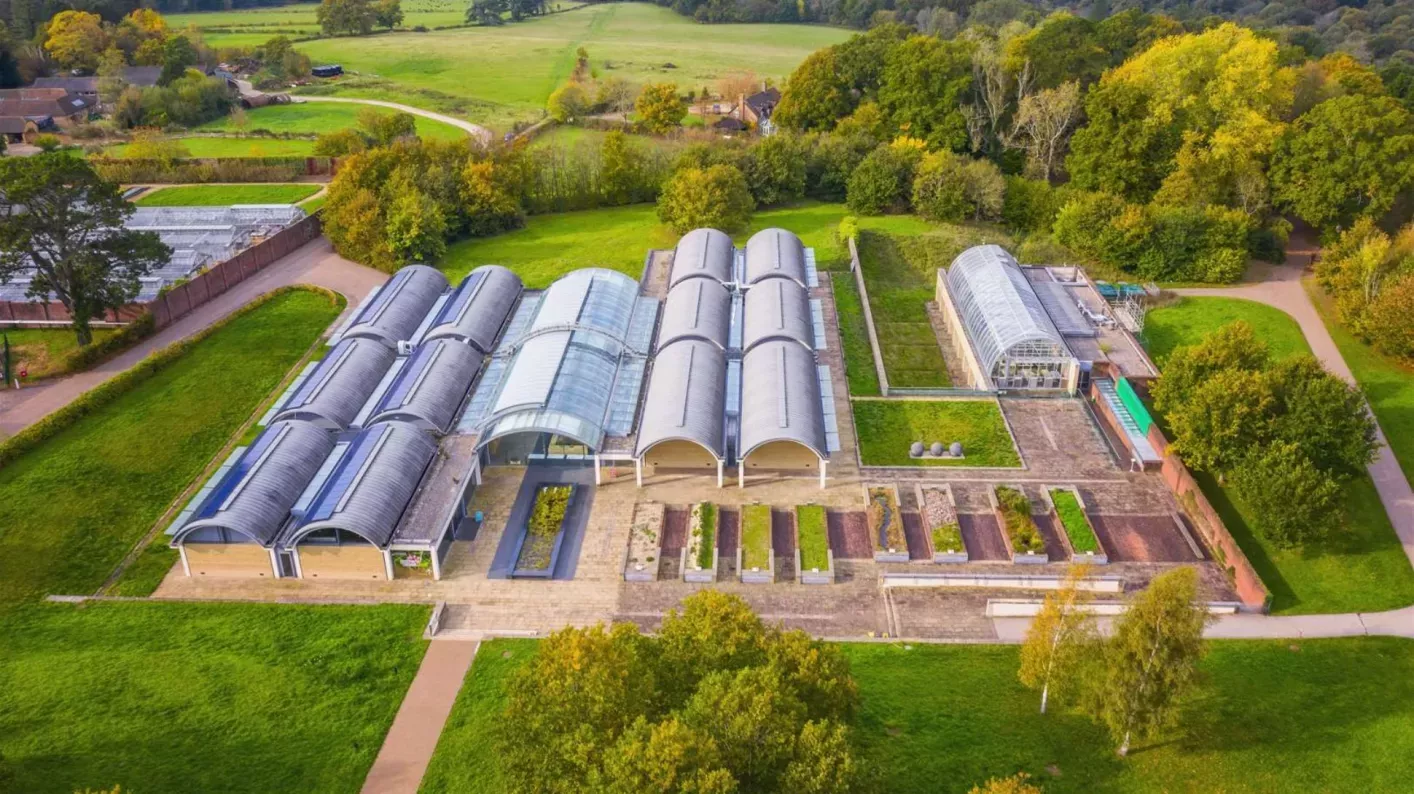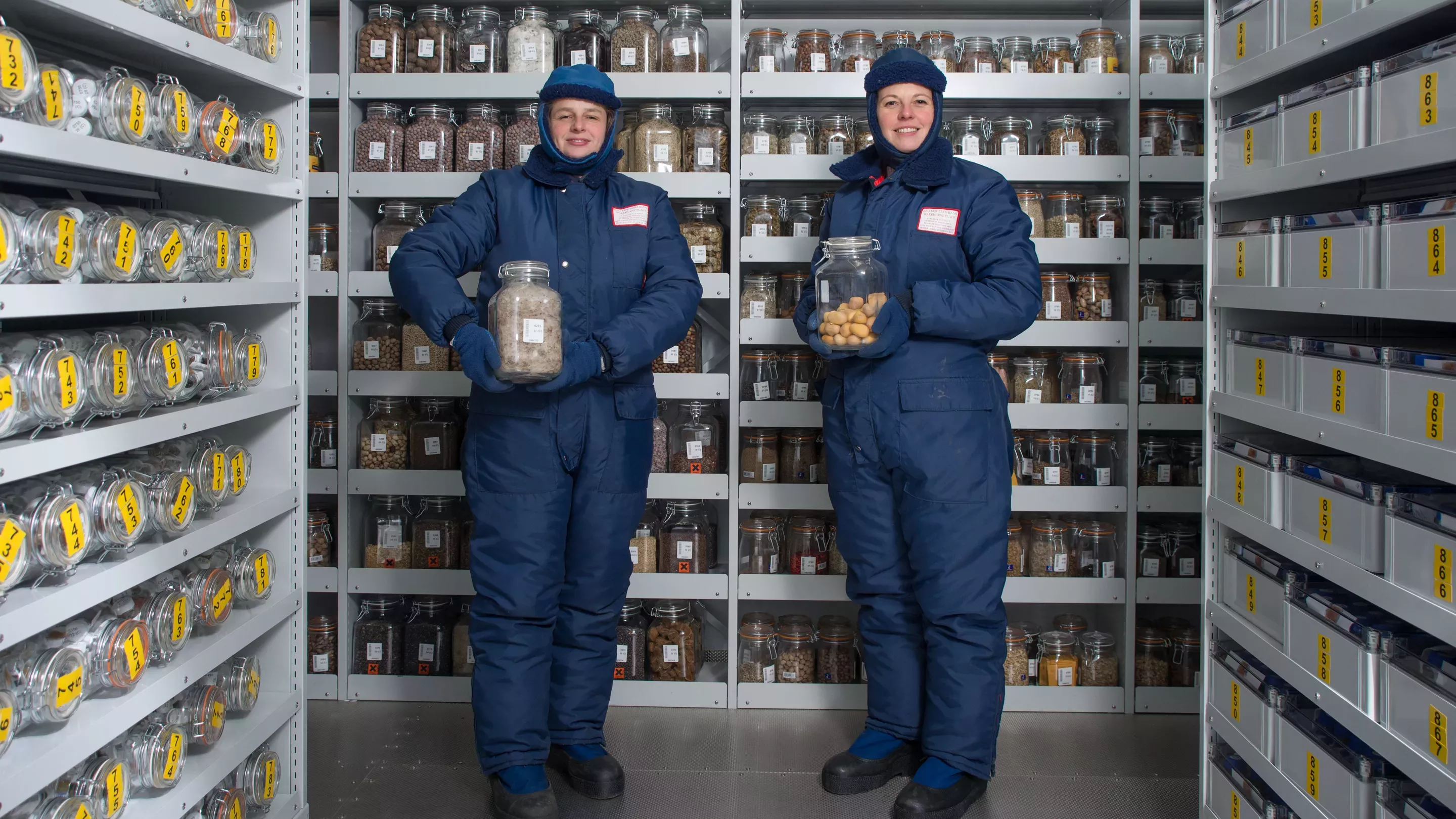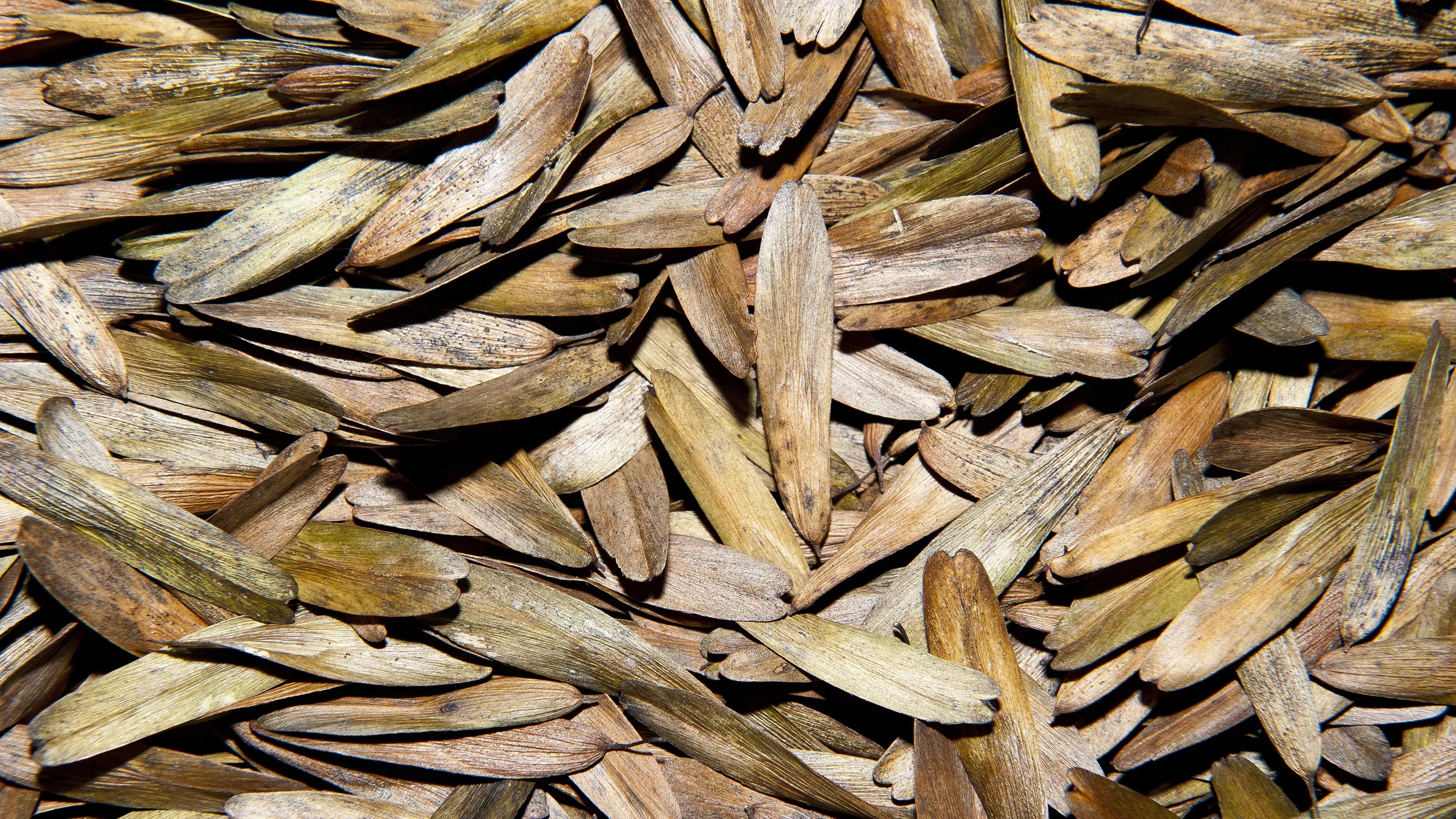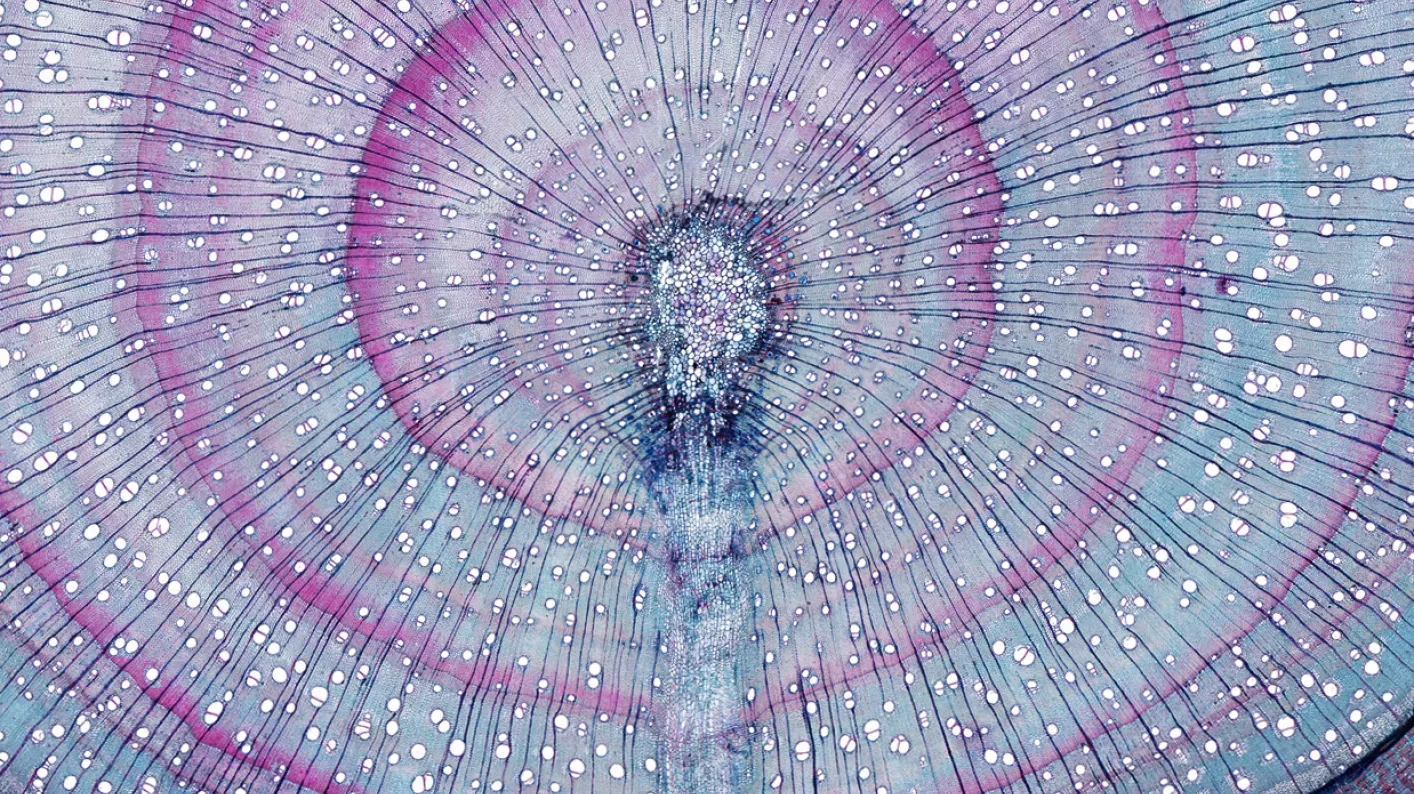
Millennium Seed Bank
A world class facility for the long term storage and research of seeds.
Discover the Millennium Seed Bank facility
The planet is facing a critical time. Two in five plant species are threatened with extinction, with huge implications for the future of all ecosystems.
The Seed Collection at the Millennium Seed Bank (MSB) is the most diverse wild plant species genetic resource in the world, with over 2.4 billion seeds representing almost 40,000 different species.
Seed banks are a cost-effective tool for long-term ex-situ (away from their natural habitat) plant conservation. Collections are dried and frozen, preserved for the future.
They provide an insurance policy against the threats plants face in the wild.
At Kew, seeds are collected through global partnerships and field research as part of the Millennium Seed Bank Partnership (MSBP) network.
Once stored in the Millennium Seed Bank facility at Wakehurst, they act as resources available for research in finding sustainable solutions to global challenges.
We curate our collections to the highest standard, as high-quality collections maximise longevity in storage and the useability of collections for research, re-introduction and restoration.
Our collections are available for research, plant-breeding, species re-introduction, vegetation restoration, education and display.
Seeds collected through the MSBP are duplicated to the MSB under the Convention for Biological Diversity and Nagoya Protocol. Where partner agreements and seed numbers allow, seeds can be distributed via the Kew Seed List.
Kew was an early leader in the development of seed banking practices; first developed for crops and then expanding to wild species.
A straight-forward practice, it helps 90% of seed-bearing plant species survive by drying and then freezing their seeds, so extending their longevity reliably.
We do this in our purpose-built, state of the art facility at Wakehurst.
Once collected and transported to the seed bank, seeds are prepared and dried to 15% equilibrium relative humidity, before storage in deep freeze chambers (-20°C).

The collections are curated to international gene bank standards, at every stage of the process.
These are not always applicable to wild species collections; so we used our considerable experience to set global standards across the partnership. These are used across the MSB Partnership to ensure that collections are of optimum quality and form the basis of our training programmes.
We look at:
Recalcitrant species produce seeds that cannot be dried and therefore cannot be banked using conventional methods.
There is a spectrum of seed storage behaviour and longevity, even within orthodox species, depending on phylogeny and environments (maternal and post-harvest).
Current data suggests that around one in ten species have recalcitrant seeds, but the rate is habitat dependent. In moist tropical forests over half of tree and shrub species could have recalcitrant seeds.
Research is underway to develop novel methods, including scoping out a large-scale cryogenic storage facility, the Kew Cryosphere.
Backup of sub-samples in cryo-storage is routinely used to extend the longevity of short-lived species.

As we move beyond 2020, we are excited to be continuing our seed conservation work. We will be looking at:

A world class facility for the long term storage and research of seeds.
Discover the Millennium Seed Bank facility
Safeguarding wild plant diversity and enabling its sustainable utilisation through global partnership.
Find out about the Millennium Seed Bank Partnership
For the first time in Kew’s history, there is a formal strategy to set out a framework for managing, developing and providing greater access to the Science Collections over the next decade.
Read our Collections Strategy